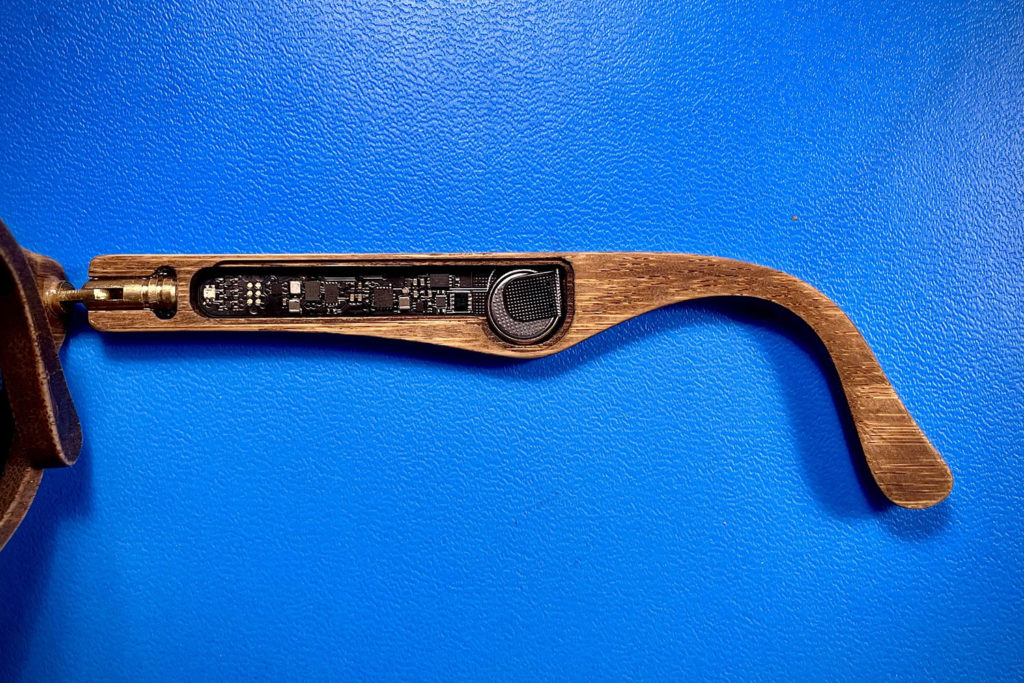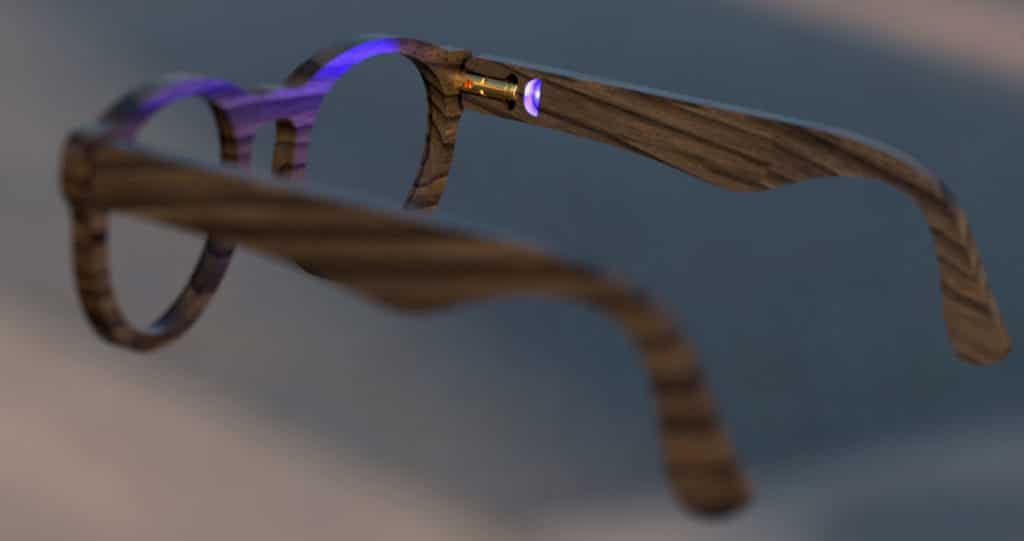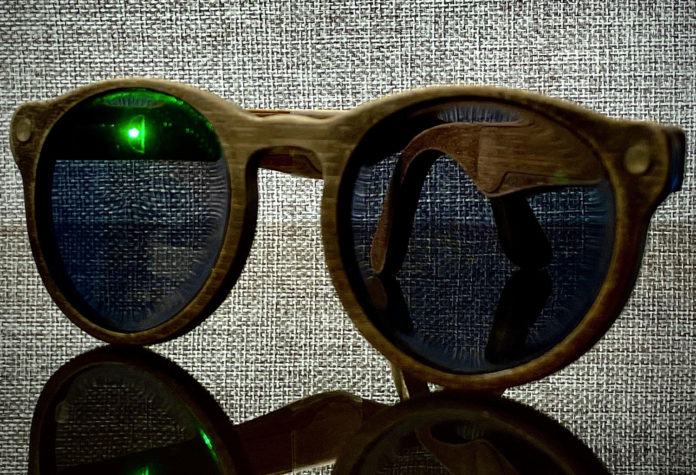An electrical engineer and product designer Sam March has created his own pair of smartglasses, which help him navigate around unfamiliar locales without the need to stare at his phone screen. The pair of smart sunglasses is a follow-up to the smartwatch he made last year.
According to the published data, at the first stage, the engineer created a 3D model of the glasses, subsequently making the frame out of bamboo using a CNC machine. Further electronic parts – a pair of printed circuit boards and a rechargeable lithium-ion coin cell battery – were integrated into the glasses. According to the engineer, it took about 60 hours to implement his idea.

Moreover, March also designed his own iPhone app using the Swift language that could offer fine-grain turn directions that would help him get around at street level. This app communicates with a custom-made circuit board to light up the LEDs when required.
The smartphone, in this case, is only needed to set the route. There is a Bluetooth LE sensor on the right and left sides of the glasses. These sensors, which are synchronized with each other, receive the information from the phone and transmit it to the LED units. So, the smartglasses independently flashes a blue light next to the left or right eye to indicate a turn, thanks to which you can understand where to go next. When you reach your destination, a green light in the corresponding eyepiece to direct you to the front door.

The mobile application, on the other hand, is equipped with an interesting feature so that it does not consume battery with GPS on. After passing a certain distance, the application creates a new navigation block and deletes the previous one. Thus, block by block progresses, and GPS consumes less energy.
Samson March notes that such a pair of glasses can be produced for just $20. For those who like this kind of project and think glasses are usable, he has added all the documents and CNC pattern files to the GitHub platform.
